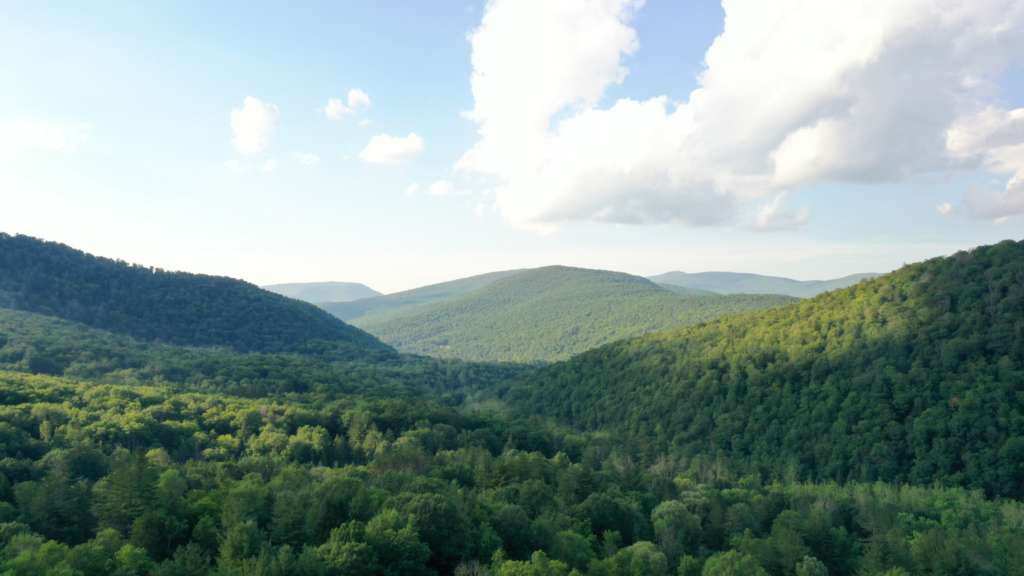Those of you who have read my biography know that I am a child of the Catskills, though I spent forty of the last forty-two years in Texas. Now, there are many commendable things about Texas, though with few exceptions, it cannot compete with upstate New York in terms of vistas and the diversity and sheer numbers of living creatures. The mountain sounds which their abundance of life are music to one’s ears. The land in most of Texas (excluding the Hill Country, Big Bend and north and west towards the Panhandle and El Paso) is generally as flat as a flour tortilla. Mesquite or drought hardy trees and shrubs punctuate the wide-open spaces. In New York, there are trees as large as (if not larger than) grain elevators. Nor do the autumn trees in Texas regale themselves in splendid colors as do their New York cousins. The colors of leaves in Texas in the fall are mostly brown, light brown,and dark brown. But in upstate New York! In the words of Bliss Carman:
“Now when the time of fruit and grain is come
When apples hang above the orchard wall,
And from the tangle by the roadside stream
A scent of wild grapes fills the racy air,
Comes Autumn with her sunburnt caravan,
Like a long gypsy[1] train with trappings gay
And tattered colors of the Orient,
Moving slow-footed through the dreamy hills.
The woods of Wilton at her coming wear
Tints of Bokhara and of Samarcand;
The maples glow with their Pompeian red,
The hickories with burnt Etruscan gold;
And while the crickets fife along her march,
Behind her banners burns the crimson sun.“
When I moved back to New York State in the Year-Before-the-Pandemic, I was mesmerized by the beauty of the mountains. I moved to the Hudson Valley, surrounded by multiple mountain ranges. These are not the sort of rugged ranges you find in the Rockies or Cascades, but peaks that are more weathered and rounded with relatively soft summits rather than the harsh contours out West. Those gentle giants formed my first impression. My second impression came when I heard a freight train a few miles away from where I slept that first night. The train was hurrying to some destination with a name unfamiliar to me. But when the train sounded its horn, the horn reverberated between the Catskills bordering the Hudson Valley on the west and the Taconic mountains on the east. It was a hollow sort of sound, quite different than the trains in Texas produce. It sounded ancient, more of a involuntary moan than a shrill warning.
Texas nights are relatively quiet. You do hear crickets and cicadas, perhaps a coyote running her pups, but nothing like the cacophony that you encounter here. There are owls here (Great Horned Owls, Barred Owls and Screech Owls), loons and geese. We also have crows during the evening, squawking as they catch up on the day’s news. I’ve never seen nor heard them in Texas, but crows are found there, and like Texas, we have mourning doves aplenty. Also, bears and cougars, fisher cats, foxes, wolverines, ground hogs, squirrels, chipmunks, crickets and frogs. It may be that Texas has frogs, but if Texas does, they are either indigenous to some other part of the state than where I lived or they are mute.
If while hiking in the mountains you stumble upon a pond, you are likely to hear a loud whack, undoubtedly produced by a beaver slapping its tail to warn others of its species of an approaching concern. Then, if you follow the banks of the pond, you’ll likely hear the source before you see it. There are countless babbling brooks and majestic waterfalls here to inspire you or refresh you on a hot summer’s day.
With hot days come storms, with loud claps of thunder that the early Dutch settlers believed were caused by elves or gnomes who bowled somewhere just out of sight. These pearls of thunder sound more like the canon fired by the British during the French and Indian War than the explosive “bangs” that characterize thunder across the Plains States. No doubt, once again it is the contour of the land that shapes the sound.
Not every sound is natural, however. Fifteen minutes from where I live is Woodstock, NY and adjoining Bearsville, a once famous and now renovated and ascending performing arts center. Musicians such as Janis Joplin, Todd Rundgren and Bob Dylan frequented these haunts in the past, and even today you might spot John Sebastian or some other folk singer. The music is part Irish, part English traditional and it resonates within and without as well.
There are many mountain sounds to hear in this part of the country; chords on the wind to catalog, and yet discover. Some are echoes from the past, others mere whispers beckoning from the future. Because there is a quantum sense of timelessness about the Catskills, a sense of homecoming.
[1] No offense to the Roma people intended.
